By Josh Saul
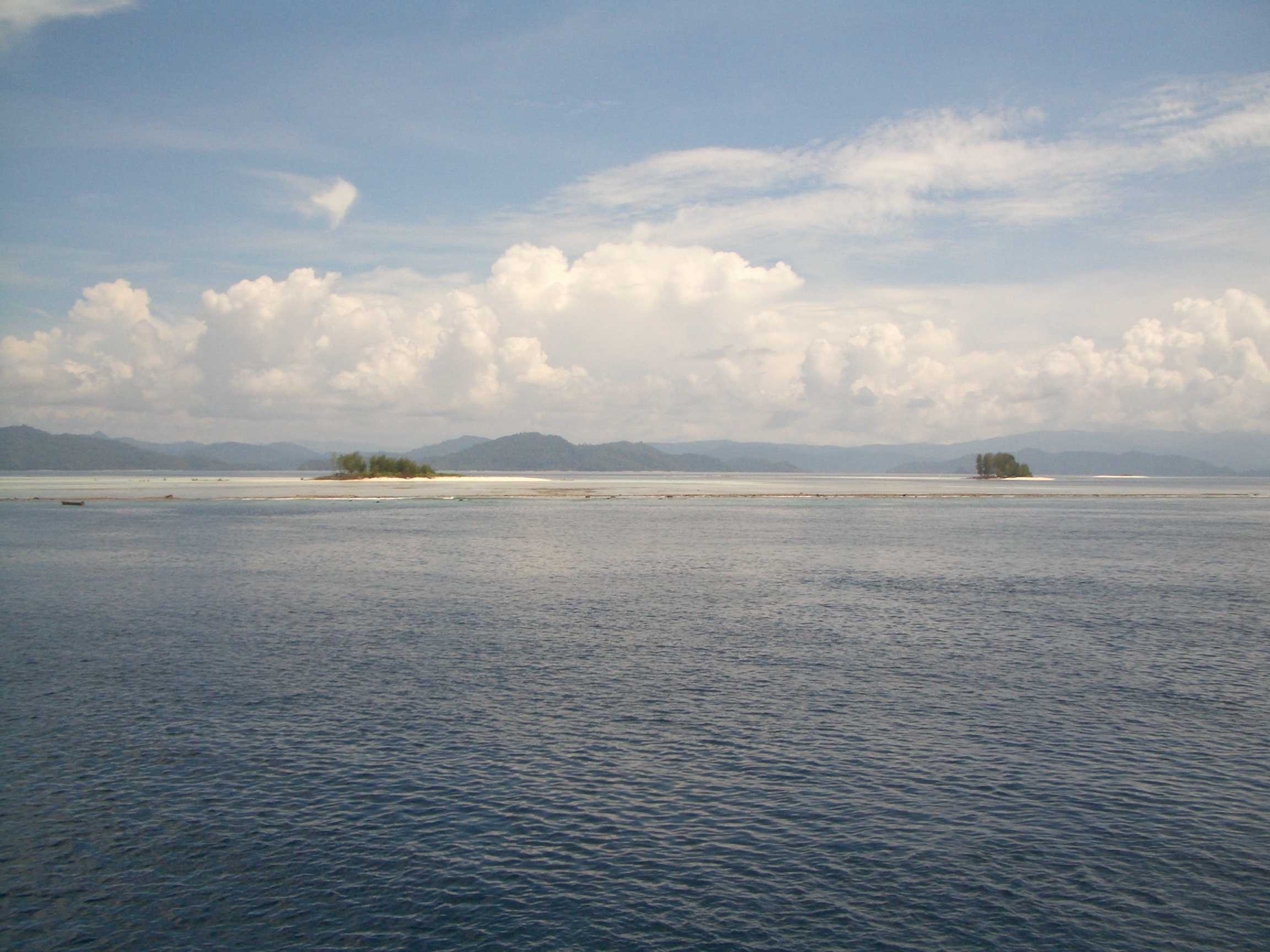 My wife and I recently returned from a 2 week trip to the eastern Indonesia island of Irian Jaya, also known as West Papau Travelling from New York City, we desired a once in a lifetime experience in a remote part of the world and Irian Jaya did not disappoint.
To preface this report, I want to say that this is an extremely remote location, and you should consider yourself lucky to find ANY western accommodations in this region.
My wife and I recently returned from a 2 week trip to the eastern Indonesia island of Irian Jaya, also known as West Papau Travelling from New York City, we desired a once in a lifetime experience in a remote part of the world and Irian Jaya did not disappoint.
To preface this report, I want to say that this is an extremely remote location, and you should consider yourself lucky to find ANY western accommodations in this region.
The Kararu liveaboard dive boat provides the best option for exploring this region in any type of luxury, but if you are considering a liveaboard, you have probably already given up on the idea of being pampered like a stay at a fancy resort. This trip is not for the faint of heart. You have to be a bit crazy to do this much traveling to scuba dive– 4 days of traveling for 10 days of diving may seem like a bit much, but in our opinion it was worth it. I had never previously dove in the Asia-Pacific region, so the chance to go to virgin pristine reefs that were far removed from the regular tourist destinations was the right choice. I should mention that I am a bit of a coral nut (having a salt water aquarium at home helps). When I found out that they didn’t have a copy of Corals of the World on board the boat, I decided to bring my own copy. These three books are about 15 pounds by themselves and took up a third of my clothing bag. That’s either dedication to a hobby, a touch of insanity, or a bit of self-inflicted torture–take your pick. So that being said, Irian Jaya appealed to me as a destination because it is known for it’s amazing variety of SPS corals and reef fish.
Travel
In order to get to Irian Jaya, we had to literally go to the other side of the world. After careful research and talking with other people who have made the trip, I found that the easiest route was NY-Singapore, Singapore-Manado, Manado-Sorong. This ended up being:
Newark – Singapore: 18 hours
3 hour layover at Changi Airport
Singapore – Manado: 4 hours
1.5 day layover in Manado
Manado – Sorong: 90 minutes
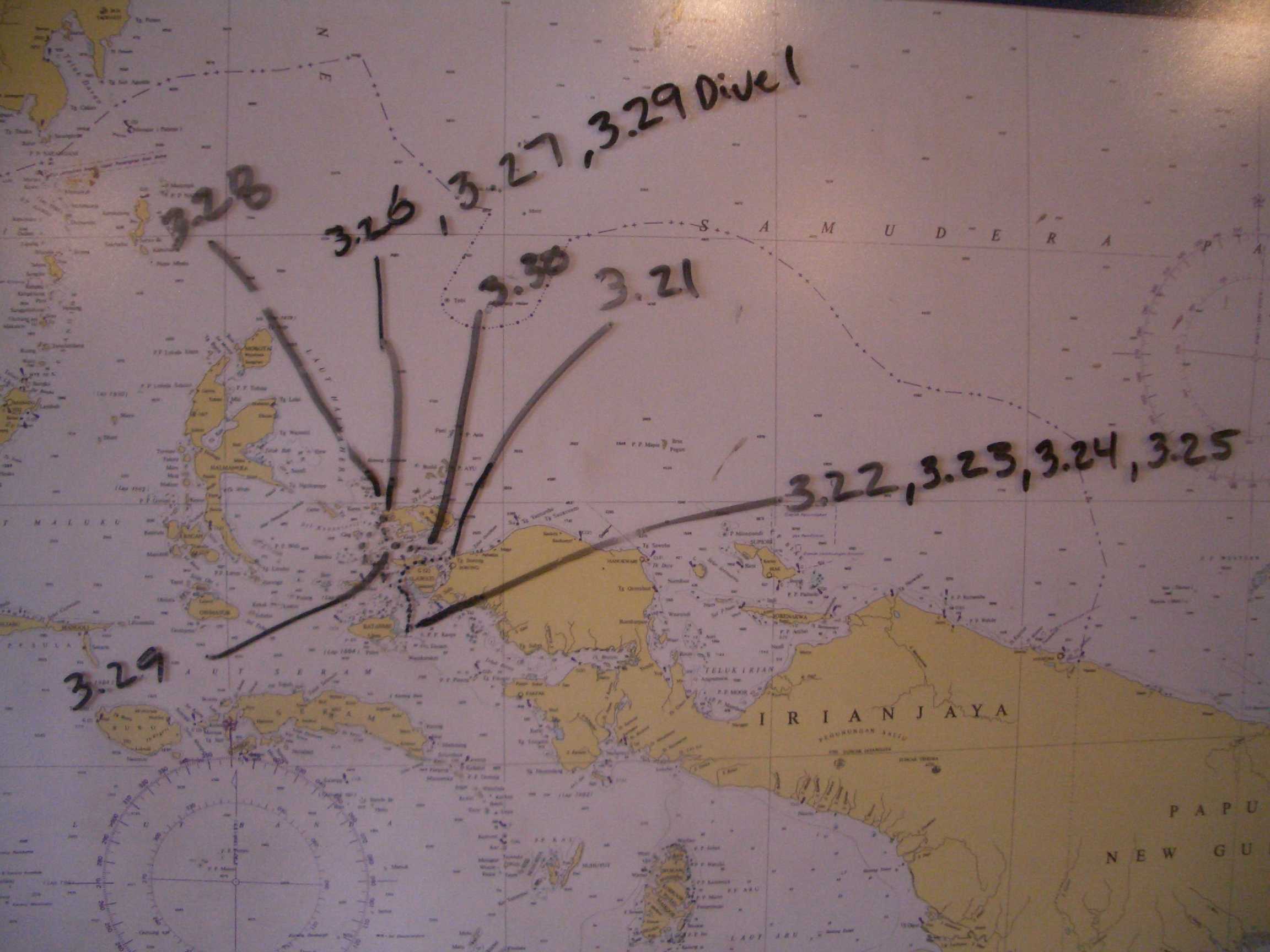 The flight from Manado to Sorong was on Lion Air and their schedule was not available until the month before the trip. We left this final leg of the journey to the Kararu office, and as it turns out, everyone on the boat was booked on the same flight. This was the only flight where our baggage was over the limit, and Kararu charged us $4/kg for the added weight. I think the weight allowance was something like 30kg per person, but I might be wrong about this.
The flight from Manado to Sorong was on Lion Air and their schedule was not available until the month before the trip. We left this final leg of the journey to the Kararu office, and as it turns out, everyone on the boat was booked on the same flight. This was the only flight where our baggage was over the limit, and Kararu charged us $4/kg for the added weight. I think the weight allowance was something like 30kg per person, but I might be wrong about this.
The Kararu office recommended that we do not overnight in Sorong, and after seeing it in person, I tend to agree. Sorong is a remote port town, and extreme poverty surrounds you from the moment you land. Their recommendation was to spend 2 nights at the Santika Hotel in Manado, which was actually an oasis of a western resort compared to the rest of the island. However, it is still deep in the jungle and some services are limited (Internet is dial up and didn’t work 50% of the time, the “fitness center” is a bike one exercise device). Most of the staff didn’t speak English very well, so you have to make sure you speak to the right people when ordering food or drinks. The Santika is a good 45 minute drive from the airport. There is a shuttle service provided by the hotel, quite an adventure unto itself. The bus is actually an airport shuttle not designed for the long drive or difficult roads we had to follow.
At certain points the bus seemed like it was not going to make it up steep hills, and we noticed that the driver turned off the air conditioning when going into steep embankments. On the return ride at the tail end of our trip, the air conditioning was broken, causing everyone on board to experience probably the most miserable ride of their lives. It was so steamy that they had to continuously wipe down the windshield from all the humidity.
The Boat
The Sea Safari III is a HUGE boat. It is apparently 40+ meters in length, but twice as wide as any other liveaboard I have seen. There are a lot of places to relax in solitude. The upper deck is a bit crowded with all the deck chairs, but generally the best place to sun. It would get extremely hot during the afternoons and I found that I burned my feet coming down the stairwell. The dive deck has a few problems. First of all, the wetsuit area is a little crowded with hangers. Also, the personal storage area is difficult to open when your equipment is above it.
The boat is teak with wood built-ins everywhere. This causes a soft creaking sound when the boat is moving. On one night, in fairly rough water (we were anchored in a wild patch of water) the creaking was so loud that we couldn’t even watch Kill Bill on the TV without having the volume at its loudest setting. We had a below water level cabin, which means you have a porthole window, but you can’t open it. When the sea was a little rough we could see one of the dive tenders bouncing up and down by the window. Since you can’t open the porthole, you have to rely on the air conditioning unit to cool and move the stale air. While our air conditioner worked well in the cooling department, it did get a little stuffy from time to time. On the first night I stayed awake from the strong smell of diesel that almost brought me to the point of dizziness. In the mornings we were awoken by the smell of fresh croissants that were baking in the kitchen above.
Food
In general, the food was quite good. There are 5 feedings per day: Light breakfast – toast, croissants, coffee, fruit , Big Breakfast – choose from eggs, pancakes, French toast, fried noodles, noodle soup, fried rice, etc. This was prepared during the first dive of the day and ready when everyone returned to the boat. Lunch – Fresh rolls, cold cut platter, large fresh salad, a mixed vegetable dish (local recipes), a plate of satay (chicken or tuna) and fruit. The fruit included exotics like “snake fruit” and mangostines, the later were so popular that people were generally disappointed when we ran out after the 4th day. Snack – Each day would be either popcorn, roasted peanuts, coconut covered fried bananas (they look a bit like a large nudibranch) Dinner – Each night was a different theme, (although after 11 days you tend to run out of ideas) and we had Greek, Italian, Barbecue, Mediterranean, Japanese, Chinese, and about 4 nights of local Indonesian cuisine.
The space of the boat allows for quite a range of activities. On the upper sunset deck you can lounge out on a deck chair or sit on stools by the bar (the bar is not stocked, you have to bring your drinks up from the kitchen). On the middle level there are several chairs, sofas and a hammock in a back area, as well as a long line of tables for dining in the front of the boat. In the back by the sofas is a storage container which when padded, serves as the massage table for Dee Dee. Massages are $15 for 45 minutes and are offered after lunch or dinner. Dee Dee is apparently a local healer and gives a rather nice massage with oil, a three pronged massager, and a strange spoon that he slaps across the back of your knees.
The galley is a small room with a refrigerator, water cooler, and cabinets. Soft drinks are free but alcohol was available for a fee via the honor system. Beers were $2 as were 2oz pours of bottled alcohol for mixed drinks. There was a decent selection of Chardonnays, a few Semillon-Chardonnay blends and a variety of discount reds. If you buy a bottle they will label it and you can finish it the following day.
Snacks were available at the computer station, but there didn’t seem to be very much available. Hard candies, peanuts and they once filled up the cookie jar, which was promptly emptied within a day.
In the living room area there is a large counter where you can set up your laptop, charge a camera, or access 110 or 220 power for any other electronic devices. While it was a bit crowded, there was enough room for everyone and the variety of equipment we all brought. After each dive, this area was where the photographers went to look at their pictures and exchange advice.
The entertainment center contains a 27” television, DVD player (seemed to be region free), karaoke CD device, about 50 DVDs, several hundred books, and a large selection of slightly dated nature books and underwater photo guides. This is located near a large wraparound sofa which was a nice place to read or take a nap. The air conditioning in this area of the boat was always on and provided a good place to cool down after some serious tanning on the roof.
Next to the entertainment center is the door to the onboard shop that sells basic toiletries, local crafts, some jewelry, and a few pieces of dive equipment. The dive-master seemed to be pushing the Hartenberger lights pretty hard. I don’t know much about these torches, but they sold like hot cakes and I was impressed with their output. I’ll definitely have to pick one up for the next trip.
The overall layout of the boat is ok, but I would have liked it if there was a soda bar or water machine on the second level. Every time you wanted a drink you had to go down to the galley.
There were approximately 34-36 dives offered over the entire trip. Depending on the schedule for the day, this usually had us doing 2-4 dives per day. The divers were split into 3 different groups that were serviced by 2 dive tenders. The total time from briefing to the 3rd boat loading was about 15 minutes. You can either put your equipment on the boat and walk down into the tender, or have the crew bring your gear into the tender for you. Fins are labeled at the beginning of the trip and managed entirely by the crew. Depending on which boat you are in, they will make sure your fins are on the right tender, and we found that this was nearly flawless in execution and made loading a lot easier.

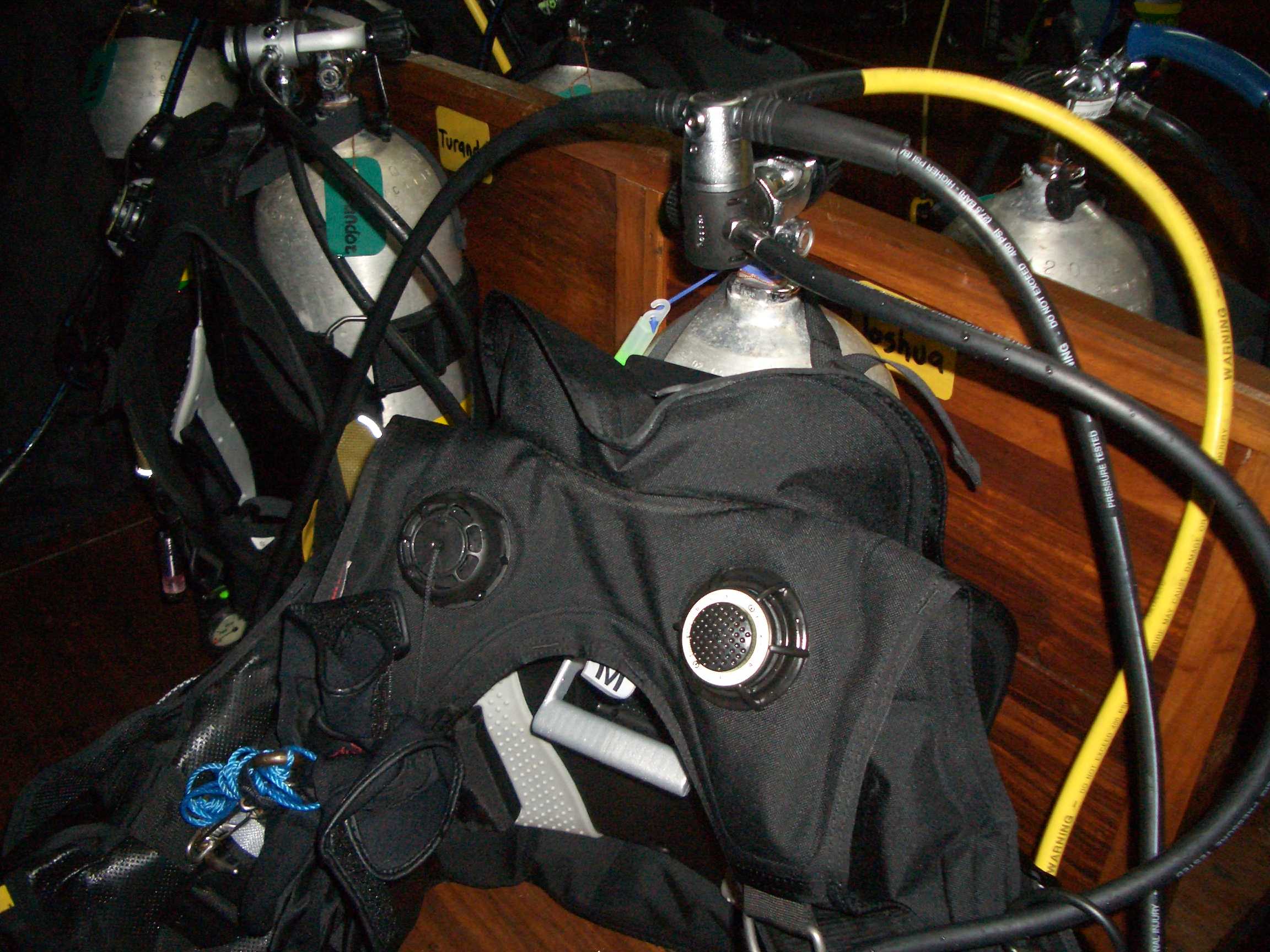 All dive sites were located within a mile or so of the anchorage. If you came up early, the tender would take you back to the main boat, but in general you had to wait for the boat to fill up before they would bring you back. This was a little annoying when you were the first person up, but after a few dives I began to gauge who I was diving with and managed to surface at opportune times. The tenders are great for pickups, I never worried about navigation or currents. Wherever we surfaced they would motor in and pull us out of the water. This was perhaps a detriment to my navigation skills, but we both enjoyed the leisurely aspects of this service.
All dive sites were located within a mile or so of the anchorage. If you came up early, the tender would take you back to the main boat, but in general you had to wait for the boat to fill up before they would bring you back. This was a little annoying when you were the first person up, but after a few dives I began to gauge who I was diving with and managed to surface at opportune times. The tenders are great for pickups, I never worried about navigation or currents. Wherever we surfaced they would motor in and pull us out of the water. This was perhaps a detriment to my navigation skills, but we both enjoyed the leisurely aspects of this service.
You enter the water by rolling over the side of the tender in a synchronized fashion. This was my first experience with a roll entry and I banged the back of my calf near the beginning of the trip so bad that I had a huge black and blue mark for the rest of the trip. Aside from that, entry was easy and the crew would hand down cameras once you were in the water.
My wife and I handled our small cameras ourselves, but it seemed like the crew knew how to pass down and pick up expensive camera housings and lights. There is a dedicated area in the tender for cameras and other devices to keep them out of the way.
Diving
The diving in this region was nothing short of spectacular. Here is a list of the highlights:
Pygmy seahorses (virtually guaranteed on every dive) (3 different species),
Wobbegong sharks (several sightings-3 on one dive, one large one at around 12’ length),
Manta rays – I didn’t see them on a dive, but another couple saw one pair of small 3 footers and 2 mammoths on the next dive. In the same day we saw two large mantas breaching the surface right next to the boat.
Baby white tipped reef shark
, juvenile cuttlefish
, several varieties of anemonefish, some anemones were the size of a car!
Crocodile fish,
Banded coral snake – I think this one was trying to mate with my regulator. Very inquisitive and curious.
Several hawksbill turtles
, Large groups of small squid,
Mantis shrimps
, Bumphead parrotfish
, A Tridacna clam that was about the size of a Cooper Mini car
and about 200 different species of nudibranchs. I looked all over for a blue ringed octopus, but didn’t get a chance to see one. Another diver reported a sighting though.
The water temperature ranged from 78-84. At one point, our dive computer said 94F, but I think that was just a current blowing down from shallow water. I wore a 3m shorty wetsuit for the entire trip and never gave a thought to body temperature. Other people were diving with skinsuits or a sleeveless top and a hood. Visibility was a bit disappointing. I didn’t record any of the estimates, but it is safe to say that there were no days with 100+. Most dives ranged from 30-50’.
The strong current in some areas were really a blessing, as the Sinularias, Nepthias, and Dendronepthea went absolutely wild and showed full expansion. One wall dive in the Misool area was completely covered with bright yellow and orange soft coral.
Each location seemed to have a different dominant species, some dives were Dendronepthea, some dives were Sarcophytons (a few as large as a lazy boy recliner), and a large number of dives were hard coral centric. On every dive you could find nice large Euphyllias, huge areas of Goniaporas, and mammoth table Acroporas. If you had a preference for soft coral vs. hard coral, it really was just a matter of going to the right depth, as there was a good selection of everything at each site.
Me? I had a preference for dense fields of hard coral with scattered anemones. Tough request huh? Not in Irian Jaya! I could find these underground majesties each day, usually in about 30-40’ of water. At that depth, you can stay down for about 75-90 minutes on Enriched Air Nitrox (a special oxygen enriched blend of air used by advanced divers to increase their bottom time and decrease the effects of nitrogen on the body). The only reason to return to the surface was if you were tired or getting cold.
This trip took several months of planning, but it was worth every minute. Having dived in many extreme corners of the world, I can safely say that this is the best reef diving in the entire world. As more people become aware of this unique location, and the dive operators have developed their programs, ordered better boats, and have begun to map the hundreds of hidden locations, each dive could be the best dive of your life.


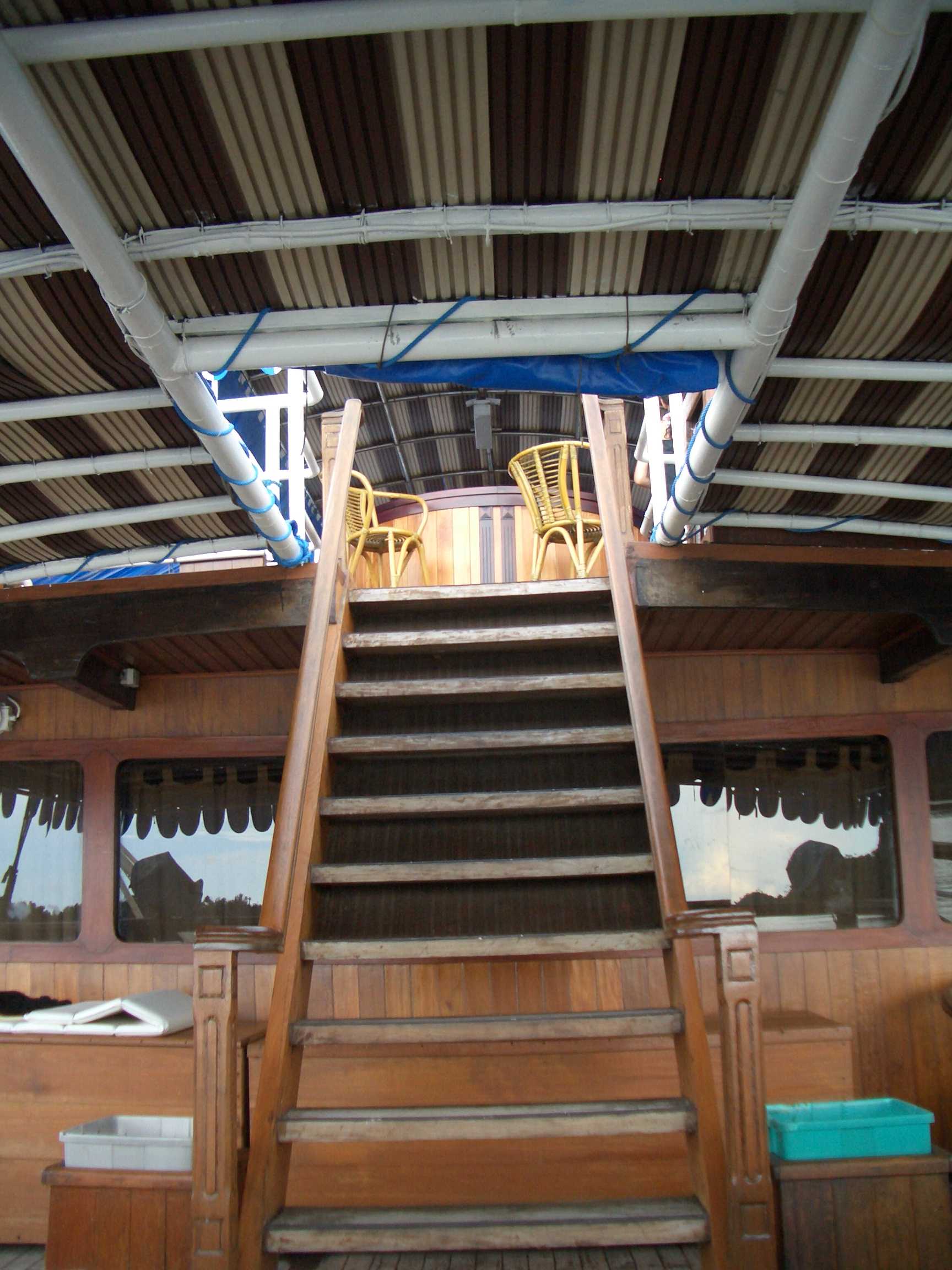
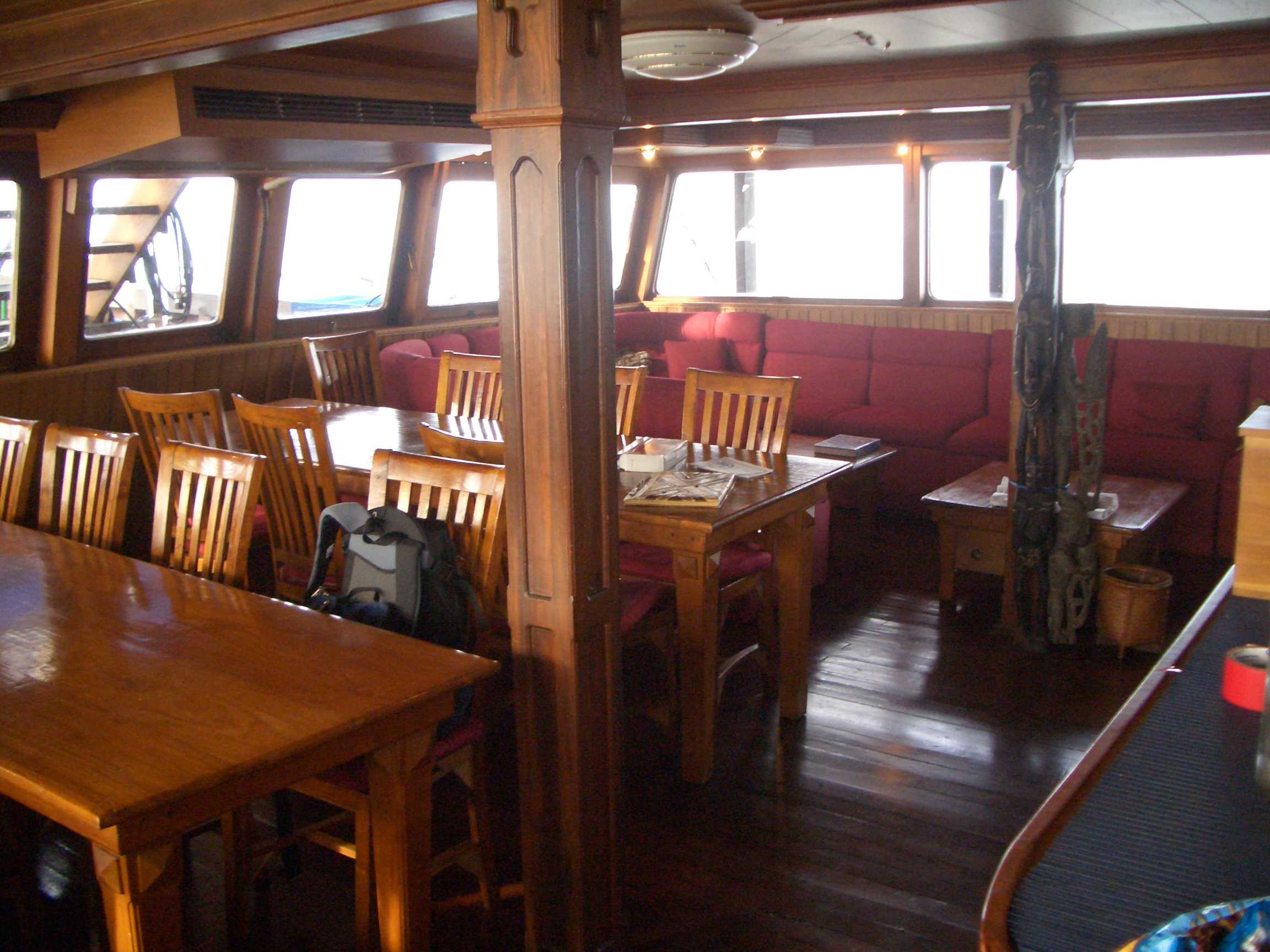

0 Comments